From ancient trees to towering volcanoes, take in scientific wonders at national parks
Editor's note: Be sure to visit the website of any national park you plan to visit during the pandemic. Because many are reopening in phases, not all areas may be accessible yet.
Interest in national parks is booming, with crowd-wary Americans drawn to wide open spaces and natural beauty. But the preserves are also a great place for learning, says Emily Hoff and Maygen Keller, authors of the new book "Scenic Science of the National Parks" (10 Speed, $24.99). “Parks provide fantastic laboratories for getting up close to the natural world,” Hoff says. The authors share some favorite sites with USA TODAY.
Gaze at the highest point in Texas, a fossilized ocean reef
Guadalupe Mountains National Park, Texas
This rugged park preserves an ancient ocean reef, which later rose to form the highest point in Texas. Now visitors can easily find fossilized sponges and algae as they hike through the high desert scenery. “These mountains are very different than you’d see anywhere else in the continental U.S.,” Hoff says.
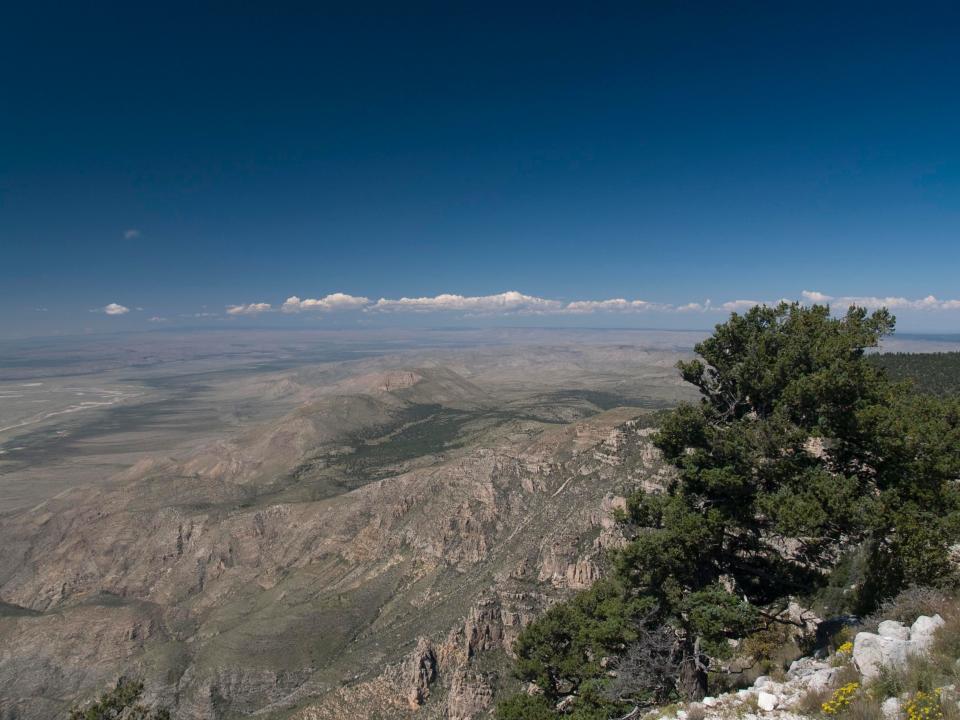
More information: nps.gov/gumo
Visit a rainforest right here in the US
Great Smoky Mountains National Park, Tennessee and North Carolina
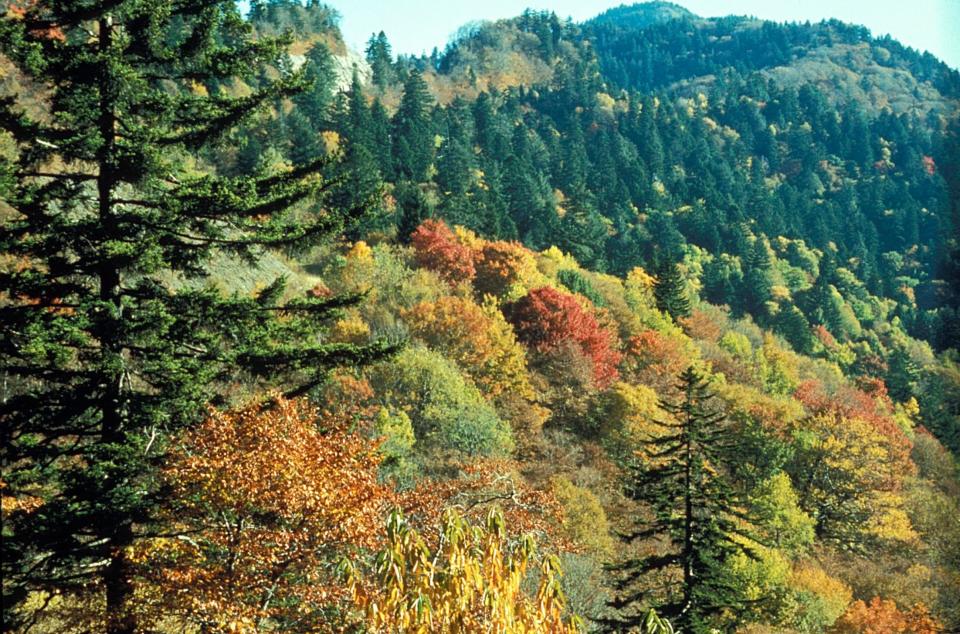
Steady rain and a long growing season have created a dense forest in the southern Appalachian Mountains. “It’s possible to walk among a grove of trees that have been there 200 years or more. Some are as tall as the Statue of Liberty,” Hoff says. “There are more species of trees in the park than in all of Europe.”
More information: nps.gov/grsm
See where earthquakes begin at the San Andreas Fault
Joshua Tree National Park, California
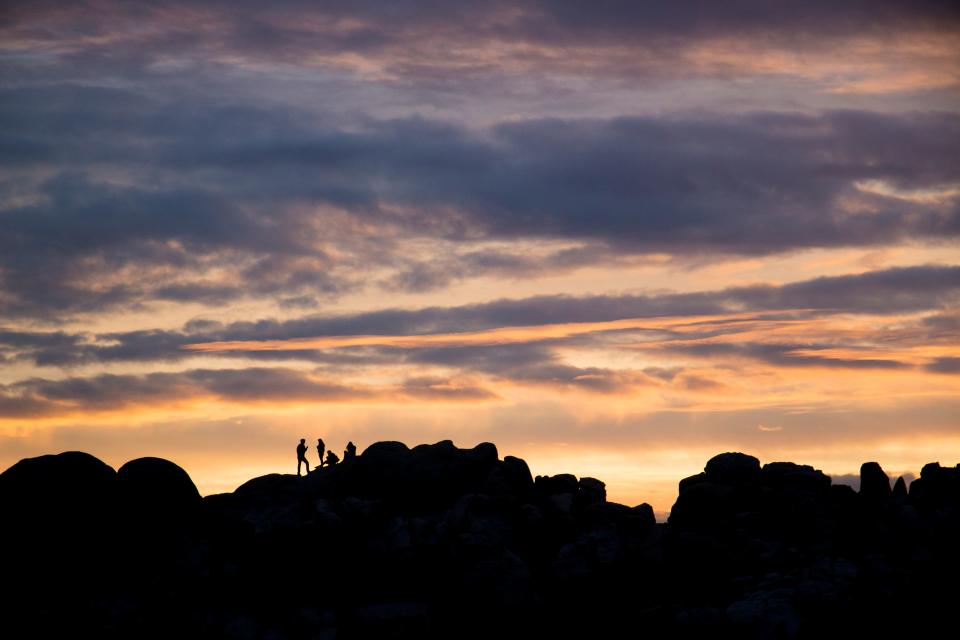
The geological formation responsible for many California earthquakes passes by the south side of the desert park, and connects to many of the region’s faults. Visitors can see evidence in small fan palm oases, which formed when seismic activity dammed groundwater and forced it to the surface. “When you see water, it’s the result of massive underground activity,” Keller says.
More information: nps.gov/jotr
Climb a grand staircase
Grand Canyon, Zion and Bryce Canyon national parks, Arizona and Utah
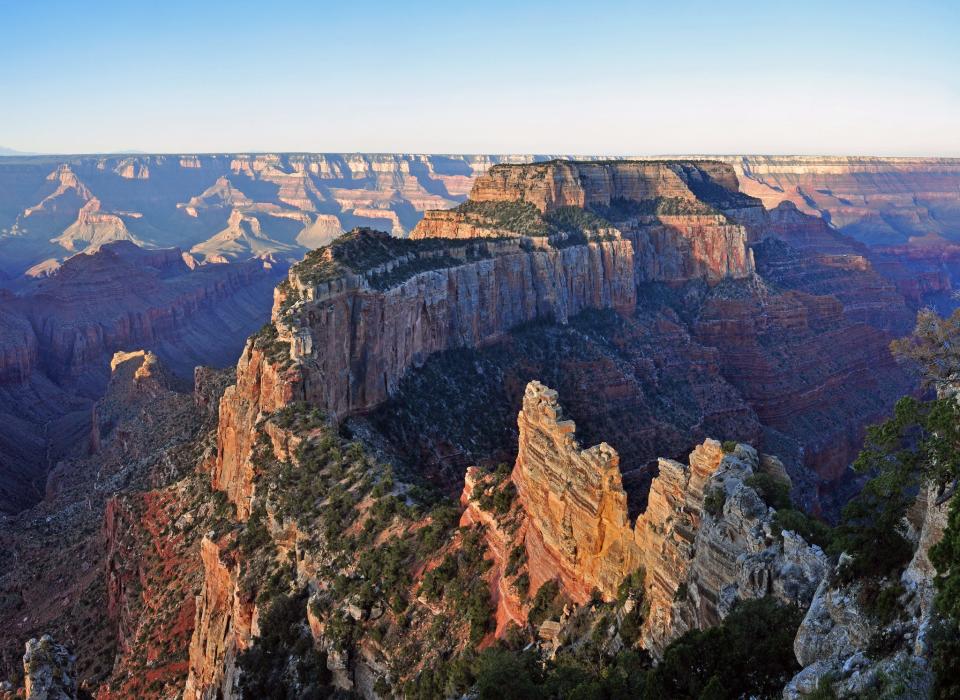
A road trip through the desert Southwest reveals a series of sedimentary rock layers that reflect hundreds of millions of years of geologic time. The progression, known as the Grand Staircase, is “an immense and amazing series of colorful rock layers,” Hoff says. “There’s not one place you can stand and see the whole thing, but at various points it all comes into focus.”
More information: nps.gov/grca, nps.gov/zion and nps.gov/brca
Explore a flooded-out volcano core
Voyageurs National Park, Minnesota
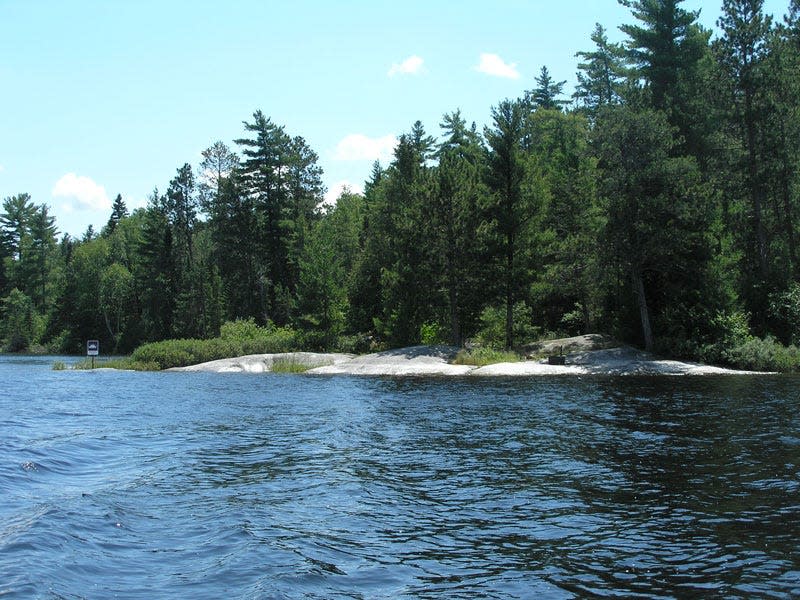
Visitors can see some of the oldest rock in North America at this off-the-radar park in northern Minnesota. The preserve covers an area where a chain of volcanoes erupted 2 billion to 3 billion years ago, and is now laced with lakes and forest. “It sits firmly on top of the Canadian Shield, which is the core rock of our continent,” Hoff says.
More information: nps.gov/voya
See the world’s tallest volcano in Hawaii
Volcanoes National Park, Hawaii
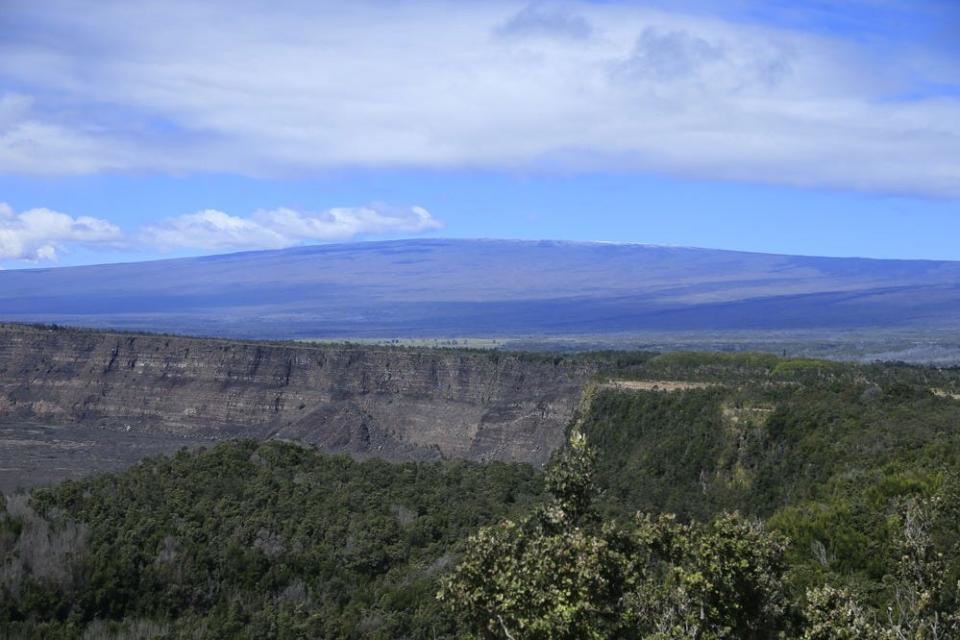
You'll have to wait until Hawaii ends its quarantine order for out-of-state visitors but Mauna Loa is a sight to behold. When measured from the ocean floor, Mauna Loa stands 31,000 feet, which is taller than Mount Everest. The Hawaiian volcano is also massive. “It’s over half of the Big Island. It’s kind of present wherever you are,” says Keller. Since Mauna Loa has been dormant for more than 30 years, it’s possible to explore the rainforest that surrounds its slopes.
More information: nps.gov/havo
Walk among trees that are thousands of years old
Great Basin National Park, Nevada
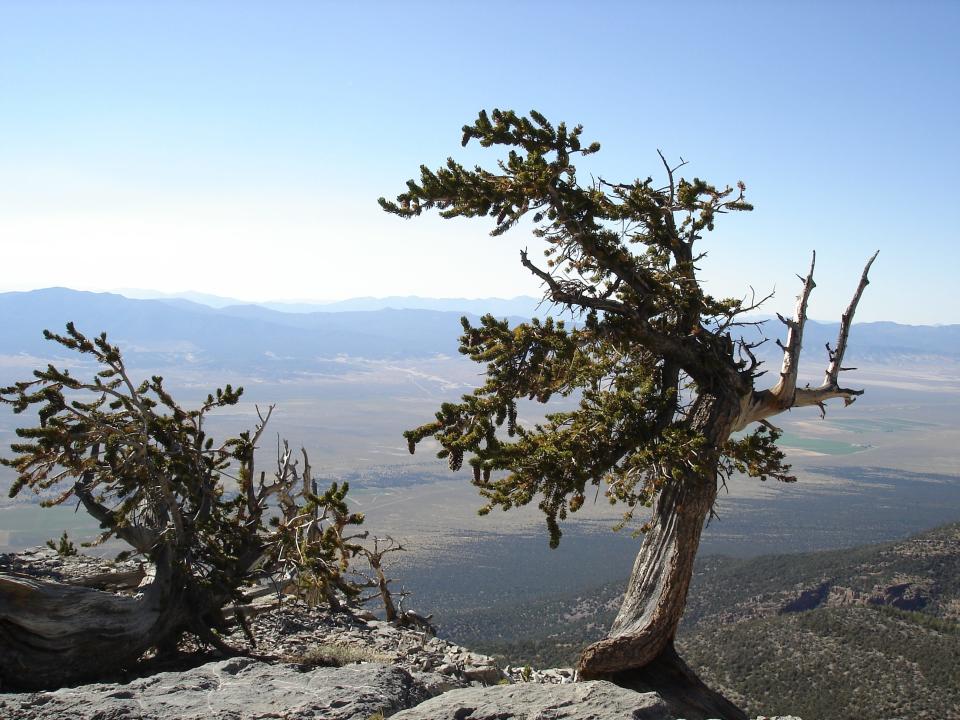
Forget the Las Vegas Strip, the real wonder of Nevada is the bristlecone pine, one of the oldest living things in the world. Some trees have been around for more than three millennium. “It’s incredible to see a living organism that old,” Keller says. They’re easily found on a 3-mile round-trip hike on the Wheeler Peak Trail.
More information: nps.gov/grba
Explore the heavens at Black Canyon
Gunnison National Park, Colorado
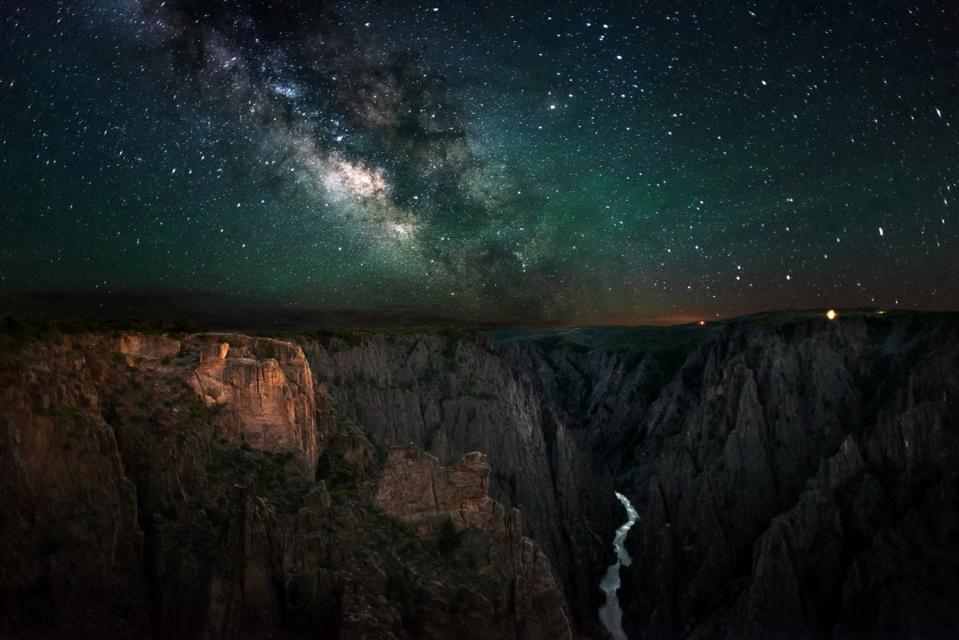
Several U.S. preserves have been designated International Dark Sky Parks, places where artificial light is limited and the stargazing is incredible. The authors enjoyed many of them, including remote Black Canyon of the Gunnison in southwest Colorado. “Over and over as Maygen and I traveled we found ourselves absolutely dumbstruck,” Hoff says. “Spending time under the night sky changes you as a person.”
More information: nps.gov/blca
10 great places to go stargazing: Astronomy spots from Oregon to the Florida Keys
See ancient rivers and mammal ancestors
Badlands National Park, South Dakota
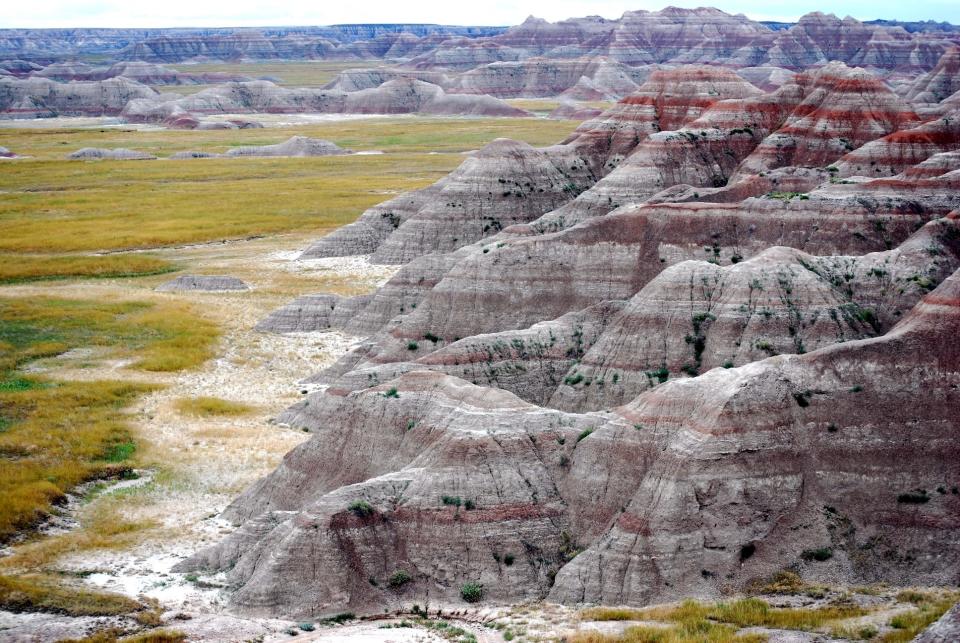
Not only is the geology and scenery dramatic at this park, but so is its fossil history. The area includes the remains of an ancient river system, Hoff says. “This is one of the richest fossil assemblies on the face of the planet. You can walk down almost any trail and if you can see little bits of fossils everywhere, lots of fragments and teeth.”
More information: nps.gov/badl
Go birding and see cave swallows
Carlsbad Caverns National Park, New Mexico
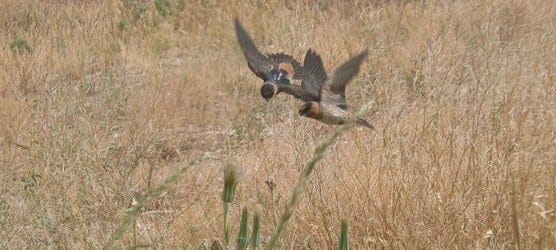
Carlsbad is famous for its nightly bat emergence, but the mammals aren’t the only ones who call the grotto home. Cave swallows living just inside the cavern can be seen swooping around during the day, but must get home before the bats crowd the cavern on their way out. “You can easily see them in the warmer months,” Keller says.
More information: nps.gov/cave
National parks reopen after coronavirus closures: Here's what to know
This article originally appeared on USA TODAY: National parks: Discover scenery and science at Grand Canyon, Badlands

